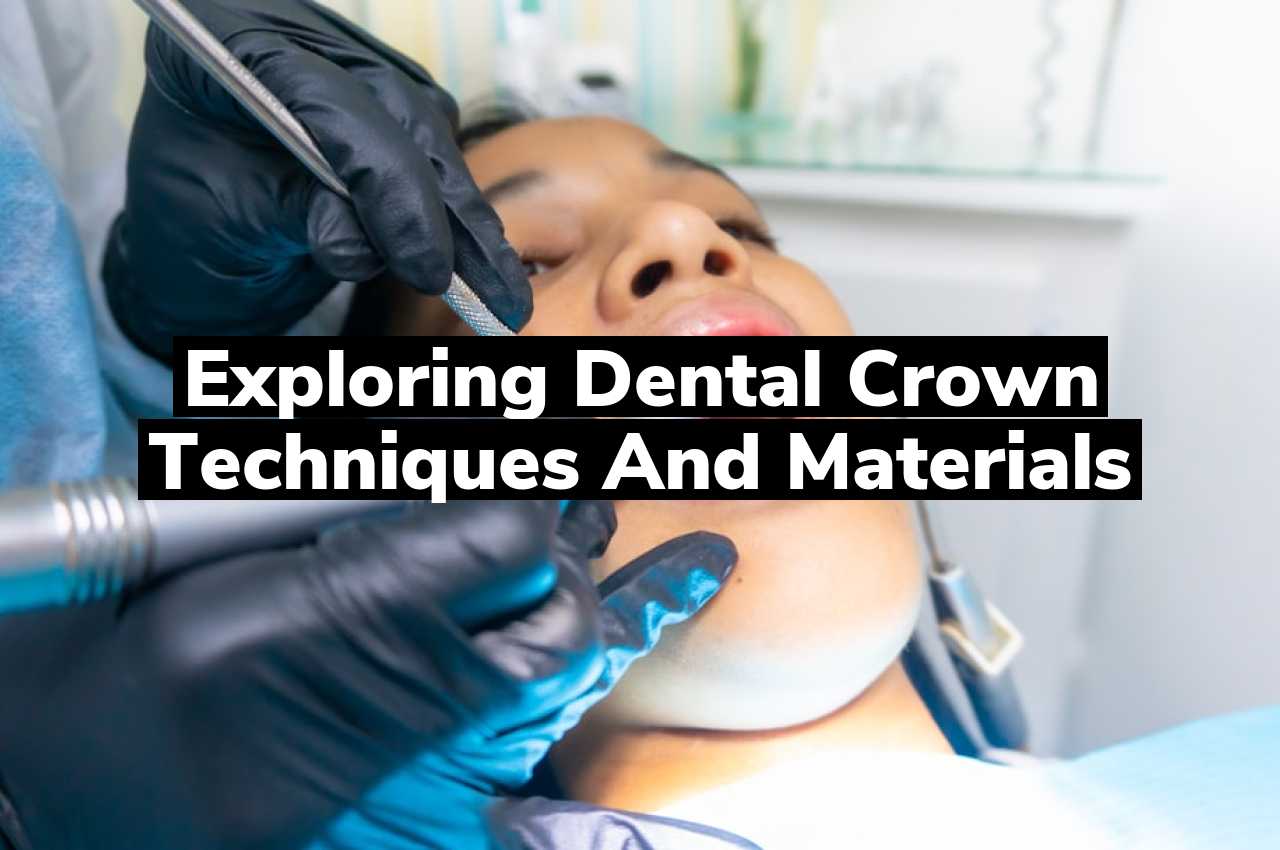Have you ever wondered how dental crowns are tailored to match your specific dental needs? Dental crowns can be crafted from a variety of materials, each selected for its durability and aesthetic qualities. The techniques used to apply these crowns are designed to ensure a comfortable fit and long-lasting results.
Types of Dental Crown Materials
Dental crowns are essential for restoring damaged teeth and enhancing dental aesthetics. They come in a variety of materials, each selected based on the specific needs and location of the tooth in question. Common materials include porcelain, ceramic, metal alloys, and composite resin. Porcelain and ceramic crowns are popular for their ability to mimic the natural color and texture of teeth, making them ideal for front tooth restoration.
For more durable options, metal alloys such as gold, nickel, or chromium can be used, especially for back teeth which endure more intense chewing forces. Composite resin crowns are another option, valued for their affordability and decent durability. Each material has its unique properties and suitability, detailed further in the discussion on Materials and Craftsmanship in Dental Crown Creation. Understanding these choices helps in appreciating the complexity and precision involved in dental crown creation.
Overview of Dental Crown Procedures
Dental crowns are a common solution for restoring the function and appearance of damaged or decayed teeth. The procedure involves placing a cap, made from various materials, over the affected tooth to protect it and improve its overall shape and size. The choice of material for a dental crown can vary widely, including options like porcelain, ceramic, metal, and composite resin, each offering different benefits in terms of aesthetics and durability.
The process of getting a dental crown typically involves a few key steps. Initially, the dentist prepares the tooth, which may include reshaping it to fit the crown properly. An impression of the tooth is then taken and sent to a dental lab where the crown is custom-made to fit snugly over the tooth and match the natural color of the surrounding teeth. Once ready, the crown is securely fitted onto the tooth, completing the restoration. For more detailed information, consider visiting Dental Crown Experts in Frederick.
Historical Evolution of Dental Crowns
The journey of dental crowns from their inception to modern-day applications is a fascinating tale of technological and material advancements. Initially, materials like gold and other metals were predominantly used due to their durability and ease of manipulation. Over time, the introduction of porcelain in the early 1900s allowed for more aesthetically pleasing options, closely mimicking the natural appearance of teeth. As technology progressed, the late 20th and early 21st centuries saw the development of stronger, more resilient materials such as ceramic and zirconia, enhancing both the functional and cosmetic appeal of dental crowns. This evolution reflects broader trends in dental technology, focusing on improving patient outcomes and satisfaction.
Benefits of Different Crown Materials
Dental crowns are crafted from a variety of materials, each offering unique characteristics. Porcelain crowns are popular for their ability to blend seamlessly with natural tooth color, making them a preferred choice for front teeth restorations. Metal crowns, including gold and other alloys, are prized for their durability and strength, which is particularly beneficial for restoring molars that must withstand significant chewing forces. Composite resin crowns offer a balance between aesthetics and strength, with a color that can be closely matched to the surrounding teeth. Ceramic crowns are well-regarded for their superior aesthetic qualities and resistance to wear. Each material provides distinct advantages depending on the specific needs and location of the dental restoration.
For more detailed information on dental procedures and materials, consider visiting Lee Family Dentistry, your trusted Frederick Dentist.
Future Trends in Crown Technology
The landscape of dental crown technology is continuously evolving, driven by advancements in materials science and digital dentistry. In the future, we can expect to see further innovations that aim to enhance the durability and aesthetic appeal of dental crowns. Researchers are focusing on developing new materials that not only mimic the natural appearance of teeth more closely but also offer improved functionality and longevity. Additionally, the integration of digital technologies in the design and manufacturing processes is likely to streamline dental procedures, making them more precise and personalized. These advancements will continue to shape the future of dental restorations, ensuring better outcomes for patients.
Conclusion
For further inquiries, please call us at 301-662-0300 or read our reviews on Google Maps.

